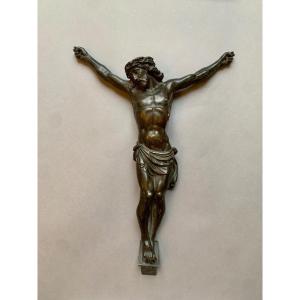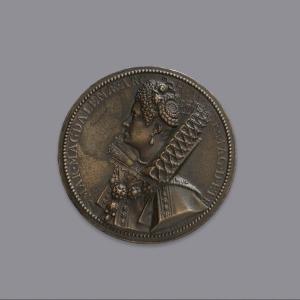Mapuche, Chile, 1200 - 1700 AD
Stone
H: 18 cm
Provenance:
J.-AC Collection
Private collection
Comparable works: `Treasures of the New World Royal Museums of Art and History, 1992. Fig 469 PP.434, 435
Loudmer sale, Paris, December 11, 1993, lot 147
Binoche sale, Paris, November 8, 2010, lot 214
Binoche sale, Paris, February 11, 2022, lot 103
The Mapuche culture dates back to the pre-Hispanic period, with archaeological evidence from approximately 500 BCE. It developed over the centuries and endured into the colonial era, adapting its practices and art to social and political changes.
This meticulously carved stone scepter is an iconic ritual object of Mapuche culture. This particular model features a stylized parrot head symbolizing the connection between humans and the forces of nature.
The stone is polished to enhance the sculpted forms, and the image of the parrot, often associated with wisdom and the transmission of spiritual messages, adds a symbolic dimension to the object. This stylized head is crafted with simplified yet expressive lines, typical of Mapuche art.
The scepter was primarily a ritual instrument used by machis (spiritual leaders) during religious ceremonies such as the "Nguillatún" (a ritual of prayer and offerings). It also served as a symbol of authority, marking the recognition of the spiritual or political status of its bearer. The presence of the parrot head reinforces the idea of communication with spirits and harmony with natural forces.
The Mapuche civilization is known for its profound respect for nature and the spirits inhabiting the world. Objects like this stone scepter reveal a complex belief system where each element has a function tied to spiritual balance. Furthermore, the art of stone carving highlights the skill and expertise of Mapuche artisans in working with natural materials.
The scepter represents a link between the visible and invisible worlds. The parrot head, specifically, is a symbol of spiritual communication, wisdom, and protection. The engravings and shape of the object convey metaphors related to fertility, healing, and spiritual protection. As a sacred object, it illustrates the essential role of machis as intermediaries between humans and the divine.

































 Le Magazine de PROANTIC
Le Magazine de PROANTIC TRÉSORS Magazine
TRÉSORS Magazine Rivista Artiquariato
Rivista Artiquariato